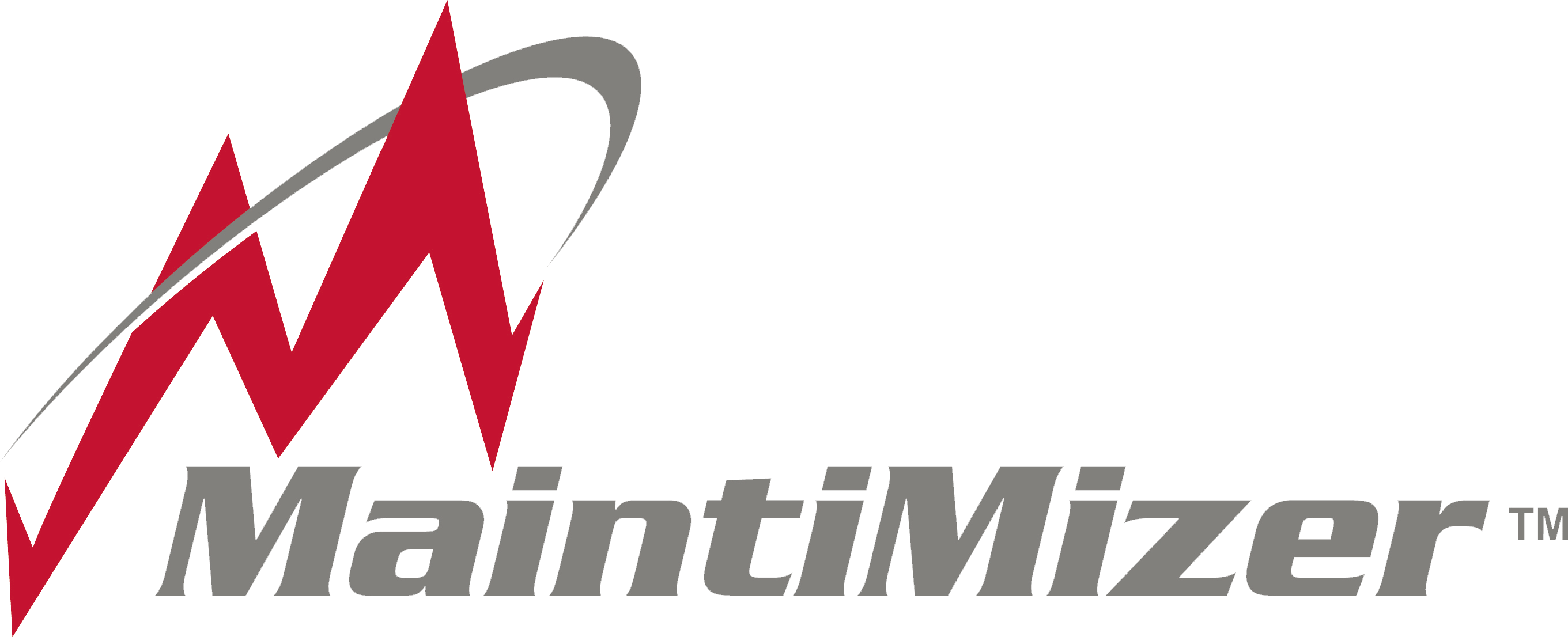Risk Assessment 101
When we see the words “risk assessment,” we can all probably take a good guess as to what it is. When it comes to working with machinery with many moving parts, at extreme temperatures, and at high speeds, injuries are more likely to happen, even for the most experienced maintenance tech. This is where risk assessment comes into play. To help keep employees, work areas, and buildings safe, some machinery requires a more thoughtful approach before work can be done on it. Risk assessment is the process that identifies hazards and risk factors, analyzes and evaluates those hazards, and then determines how to mitigate, control, or eliminate them.
Of course, there are many ways to go about the process, but typically, it takes only six steps:
- Identify the hazards.
Any and all hazards should be noted, whether they are natural, biological, workplace, intentional, technological, chemical, or psychological. Assemble a team that includes people who are unfamiliar with the workplaces as well as those who are familiar with them. That way you have fresh eyes looking for possible risks. Look at past accident reports involving the asset and determine whether an asset has parts that can be easily moved or damaged unintentionally (e.g., safety guards that can be removed).
- Decide who might be harmed and why.
Not only the technician working on the machine but also those who are around it can be harmed. Consider all the employees who are normally in the work areas surrounding the assets. You should also think about those who may have a different level of risk such as workers with disabilities, young or inexperienced workers, and new or expectant mothers.
- Evaluate the risks.
Now that you’ve listed the risks and who may be harmed, you should consider the likelihood of the risks happening and how much damage could occur. There is no one-size-fits-all template to determine the level of risk. Use your best judgment.
For example, if hazards can cause major injuries, (e.g., fractures, head injuries), poisoning, or even death, those would obviously be high risk. Furthermore, you should consider the probability of those risks happening. Could they happen once or twice a year or once in a working lifetime?
Evaluate the risks and ask yourself how likely they are to happen and what you can do to eliminate or control them. Is a properly fitted hard hat enough to protect from head injuries, or is a full insulated body suit better fit for the situation?
- Act to prevent risk.
Now is the time to write down the prevention protocols. A checklist would suffice here. Make sure no one else is near the machine that doesn’t need to be. Turn off or slow down the machine. Mandate wearing proper safety gear. Whatever protocols you decide on should be listed and abided by before work begins.
- Record your findings.
Depending on your industry, you may be required by law to have a written risk assessment for each asset. Record everything: how you identified the risks, who or what may be harmed, etc. (Every item from above). Be sure to have everything documented for employees and management to review.
- Review and adjust as needed.
Update your risk assessment protocols as needed. Ask relevant questions such as the following. Are there new machines around the existing one, and does that change who or what may be hurt or damaged? Did something happen during the last work order that no one thought of beforehand? Are the risks less than or worse than you originally planned?
Once you have your risk assessment process in place, you’ll use it each time you’re about to perform maintenance on a given asset. You’ll go through your checklist and make sure everything is in order. You may run into issues if not every box is checked where the assessment fails, and the machine is not ready to be worked on. You then need to find the issue or reason, fix it, and perform the assessment again. Once the assessment has passed, you can then perform work on the asset. This process is vital to workplace safety. Workplace safety should be a top priority for any manufacturing company. Risk assessment is not only important but necessary.
We’ve made it easy for you and your company to make risk assessment a part of your maintenance management system. Along with our all-new MaintiMizer™ 5.0, we are launching a Risk Assessment Module. This module allows you to build out your checklist and process it right in our Computerized Maintenance Management System (CMMS). There’s no need for Excel or any other software program, not to mention paper and pencil! A customer previously asked us to build this module into our system, and after a couple of years of planning, coding, and testing, it will be ready to launch by September 2023. If you’ve been undecided about upgrading your system to our 5.0 platform, this module alone should help you determine your need for it. If you are in an industry or company that requires risk assessment, why not use one system to accomplish the task?

